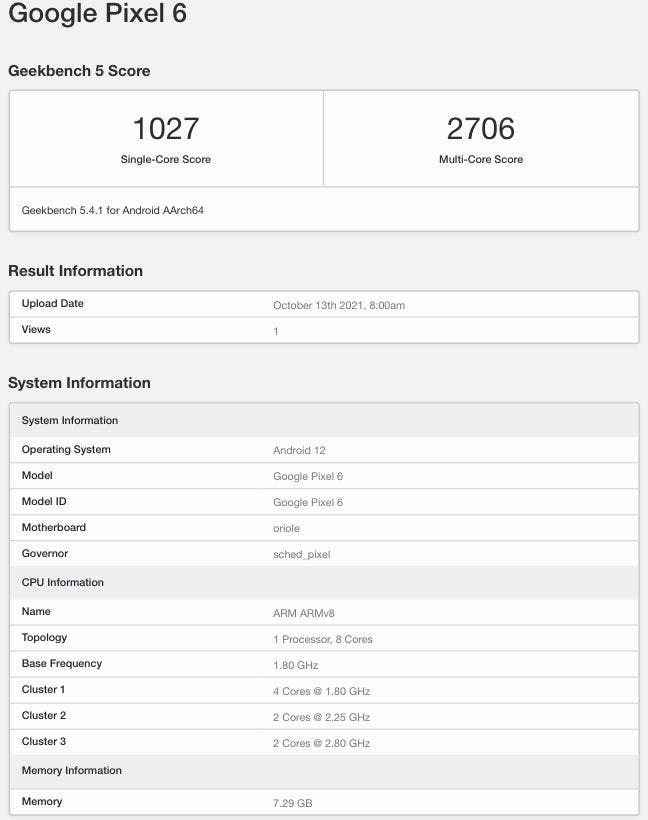
Ever since the iPhone 8 Plus and iPhone X were announced, we've been waiting for Google's response. When the original Google Pixel came out, it quickly became one of the most raved about smartphone cameras in the world.
. . would the Pixel 2 follow suit? The short answer, at least according to Google, is yes.
Just this morning, we sat down in the SF Jazz Center and, after an hour of other updates, Google finally unveiled the 5-inch Pixel 2 and 6-inch Pixel 2 XL.
The new phones house a 12. 2MP sensor with 1. 4um pixels, Dual Pixel phase detect autofocus and an F1. 8 lens on the back, and an 8MP camera with 1. 4um pixels, fixed focus and an F2. 7 lens on the front. The newer 1/2. 55" sensor is smaller than the previous-gen's 1/2. 3" sensor, but the brighter aperture nearly perfectly compensates. * Video specs for the rear camera max out at 4K 30fps (sorry, no 4K/60p like the new iPhones) while the front camera can do up to 1080p at 30fps. The camera units are now raised above the back glass surface, which remedies the nasty flare issues the previous Pixels had.
As we hoped, the whole phone is encased in an IP67 water and dust resistant aluminum unibody, and is powered by the latest and greatest Qualcomm Snapdragon 835 processor.
More impressive than the base specs are how Google uses its hardware in concert with software and machine learning technology to deliver a better photography and video experience.
Instead of opting for a dual camera on the back of the phone, the Google Pixel 2 and Pixel 2 XL uses just one camera, and combines this with Dual Pixel technology (split left/right pixels) and computational photography to create the now-ubiquitous fake bokeh Portrait Mode effect. And since stabilization is incredibly important, they've worked out how to use both optical and electronic image stabilization at the same time when you're shooting video, which should deliver incredibly smooth footage. (more on that from San Francisco shortly. . . )
Unfortunately, in our brief time with the cameras so far, we discovered that Portrait mode is still not rendered live on either camera. . . it seems there are downsides to using a single camera instead of a dual cam setup, or in Google's (we think correct) choice to use a more computationally intensive 'lens' blur as opposed to the more Gaussian (smooth) blur that Apple opts for.
Finally, no modern smartphone is complete until you look at the display your photos and videos will be viewed on.
Unfortunately, Google made no mention of color management or proper display profiles—which caused issues with the previous Pixel smartphones—but the new AMOLED (for the 5-inch model) and pOLED (for the 6-inch model) displays are wide-gamut. The Pixel 2 claims 93% DCI-P3 coverage while the Pixel 2 XL claims full 100% coverage of the same standard.
We bring this up because last year's Pixel phones also offered a wide color gamut and high contrast ratio, thanks to their OLED display technology, but often displayed wildly inaccurate colors due to the lack of color management. It's still possible the displays will come calibrated properly for the P3 or sRGB color spaces, but without any explicit mention of calibrated display modes that the OS automatically switches between based on the color space of the content (as Apple claims to do), we remain skeptical.
The lack of any talk of HDR display of video or photos was also a disappointment after the announcement of iPhone X's support for HDR10 and Dolby Vision video, and HDR display of photos. The latter should make HDR photos pop on the bright contrasty OLED display of the iPhone X, rather than give them the flat tonemapped look we're often used to. It seems Google has chosen to go the traditional method of compressing a high contrast scene into a flatter image, rather than take advantage of the HDR display capabilities of its OLED display.
We're currently spending some time with the Google Pixel 2 and Pixel 2 XL in person today at the Jazz Center, so stay tuned for our hands-on impressions as the designated photography nerds at this event.
In the meantime, you can find out more about either of these phones on the Google Store, check out our Live Blog to see what we were thinking as the announcements were going up, or argue about your Apple vs Google allegiance in the comments.
* At least for low light performance, but perhaps not dynamic range. The discussion is complicated by the use of computational photography, of course, so it's difficult to speculate on the overall impact of the smaller sensor / brighter aperture.
. dpreview.com2017-10-5 21:32
















